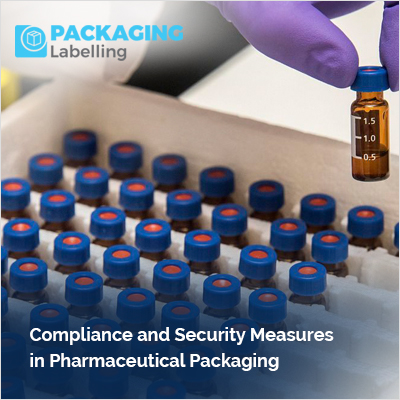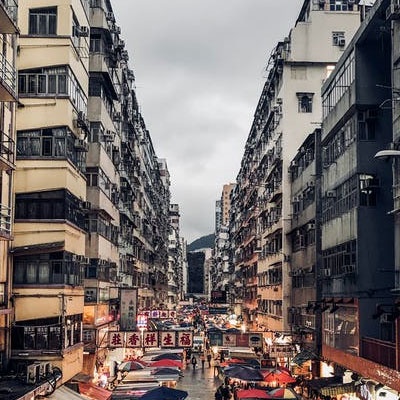Compliance and Security Measures in Pharmaceutical Packaging

Introduction:
Pharmaceutical packaging plays a pivotal role in ensuring the safety, integrity, and efficacy of medications. Regulatory compliance and security measures are of utmost importance to protect consumers and maintain the high standards of the pharmaceutical industry. In this comprehensive guide, we will delve into key considerations, regulations, and technologies that pharmaceutical companies employ to meet these requirements.
1. Regulatory Compliance
Adherence to regulatory guidelines is the cornerstone of pharmaceutical packaging. Different countries have their regulatory bodies, such as the FDA in the United States, the European Medicines Agency (EMA) in Europe, and Health Canada, each with its set of stringent regulations. Compliance with Good Manufacturing Practices (GMP) and Good Distribution Practices (GDP) is imperative to ensure the quality of pharmaceutical packaging processes.
2. Tamper-Evident Packaging
Tamper-evident features are crucial to detecting unauthorized access to pharmaceutical products. Seals, tapes, or other indicators are incorporated into the packaging to reveal if it has been opened or tampered with. This not only ensures the safety of the product but also builds trust among consumers.
3. Serialization and Track-and-Trace
Serialization involves assigning a unique identifier or serial number to each unit of a pharmaceutical product. This aids in tracking and tracing products throughout the supply chain, offering better control and identification of counterfeit drugs. Implementing a robust track-and-trace system enhances overall security and regulatory compliance.
4. Anti-Counterfeiting Technologies
The pharmaceutical industry faces the constant threat of counterfeit drugs. Integrating advanced anti-counterfeiting technologies such as holograms, barcodes, RFID, and other unique identifiers helps authenticate products. These measures not only safeguard consumers but also protect the reputation of pharmaceutical brands.
| Also Read: The Future of Medical Packaging: Innovations Shaping Healthcare |
5. Child-Resistant Packaging
Certain medications pose a risk to children if accidentally ingested. Child-resistant packaging is designed to mitigate this risk, and regulatory authorities often mandate its use. The incorporation of child-resistant features in pharmaceutical packaging aligns with the industry's commitment to public safety.
6. Light and Moisture Barriers
Pharmaceutical products are often sensitive to light and moisture, which can impact their stability. Packaging materials with appropriate barrier properties are employed to shield products from environmental factors that may compromise their quality. This is particularly crucial for maintaining the efficacy of light-sensitive or moisture-sensitive medications.
| Also Read: Pharma Packaging Trends in Sustainable and Eco-Friendly Solutions |
7. Temperature Control
Temperature-sensitive pharmaceuticals require specialized packaging to maintain their stability during storage and transportation. The implementation of cold chain logistics and insulated packaging ensures that these products remain within the specified temperature range, preserving their efficacy and safety.
8. Documentation and Labeling
Comprehensive and accurate documentation, including package inserts, patient information leaflets, and labeling, is essential for regulatory compliance. Clear and informative labels help users understand proper usage and potential risks associated with the medication. Well-documented packaging also facilitates regulatory inspections and audits.
9. Quality Assurance and Testing
Rigorous quality assurance processes and testing of packaging materials are critical to ensuring that they meet the required standards. This includes testing for durability, compatibility with the pharmaceutical product, and adherence to specified quality parameters. Stringent quality assurance practices instill confidence in the reliability of pharmaceutical packaging.
10. Training and Awareness
Personnel involved in packaging processes must undergo comprehensive training to understand and adhere to compliance and security measures. Regular awareness campaigns educate stakeholders about the importance of these measures and foster a culture of responsibility and accountability within the organization.
11. Recall Management
Robust procedures for product recalls are essential for the pharmaceutical industry. Quick and effective recall management ensures that any compromised or defective products are promptly removed from the market, minimizing potential risks to consumers and maintaining the integrity of the pharmaceutical brand.
Conclusion:
In conclusion, compliance and security measures in pharmaceutical packaging are non-negotiable elements for ensuring the safety and efficacy of medications. From regulatory adherence to the implementation of advanced technologies, pharmaceutical companies must adopt a multifaceted approach to meet the evolving challenges in the industry. By prioritizing these measures, pharmaceutical companies not only safeguard the well-being of consumers but also contribute to building trust and maintaining the high standards expected in the pharmaceutical sector.









